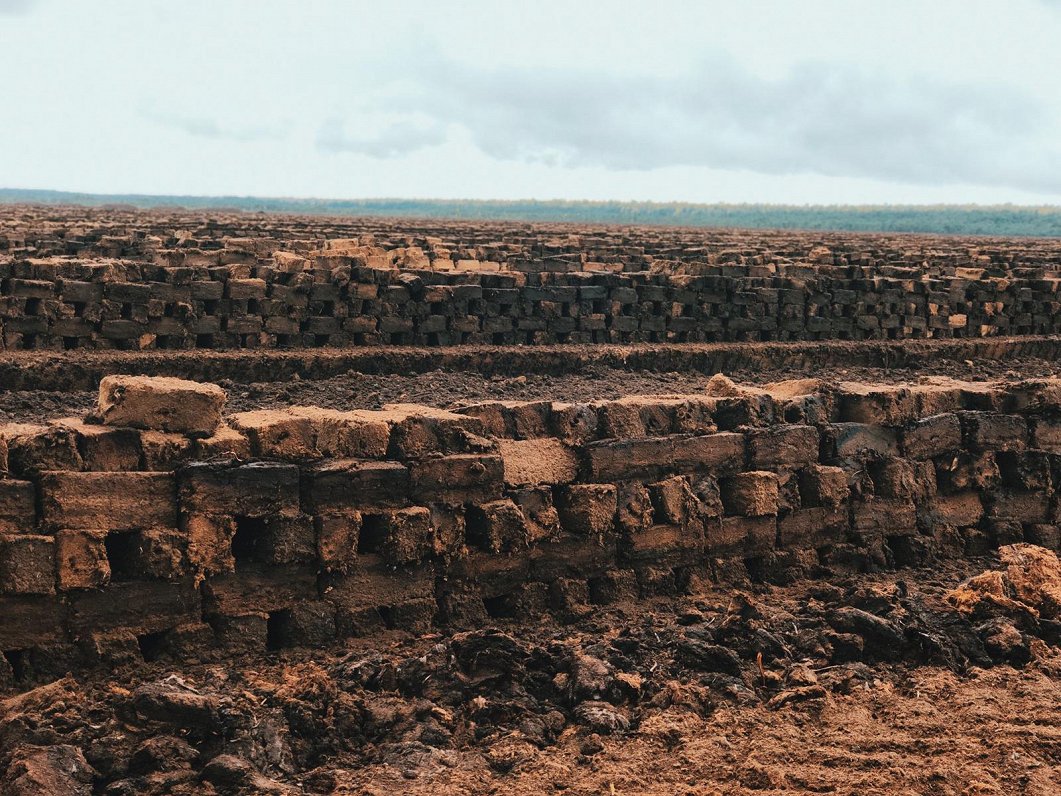As previously reported, European Commission president-elect Ursula von der Leyen vowed to take "bold" climate action, strengthen Europe's global role and "stand up for values and world-class standards." Current vice president Frans Timmermans, of the socialists, is to be tasked with realizing von der Leyen's environmental vision of a climate neutral European Union by 2050.
Reaching this goal will mean a significant impact on production, especially Latvian peat farming. Depending on the season this industry employs from 1,800-2,500 people, but the EC said the goal would not be to close the farms, but to modernize and clean up polluted areas. Commissioner for Cohesion and Reforms Elisa Ferreira (Portugal) explained that the more wealthy regions will receive less money.
“It's the CO2 emissions of a specific industry. It's the social impact created by the transition, namely, how people could end up without a job and what type of additional qualification they would need. And the third criteria is the relative wealth of the region,” said Ferreira.
While almost 68 million euros are planned for Latvia under this program, Estonia would receive 125 million euros and Lithuania almost 97 million euros. The large amount allocated to geographically smaller Estonia is explained by their highly-polluting oil shale extraction industry, while geographically larger Lithuania the financing is for modernizing factories in Kaunas, Telšiai and Šiauliai.
In Latvia, Latgale is highlighted as a region requiring special attention to modernize the economy and create new jobs and offer residents new qualification opportunities. As previously reported, in 2018 the largest share of the population at risk of poverty was registered in Latgale at 40.4 %.
“This program has to be realistic and have a good technical basis. For me it's important that the central government doesn't make these decisions without consulting the regions and involving all parties. Nothing like that will be allowed,” said Ferreira.
This program is the starting offer and further discussion will be held with all member states over the next few months. A concrete plan of action will be cooperatively developed by summer.





























